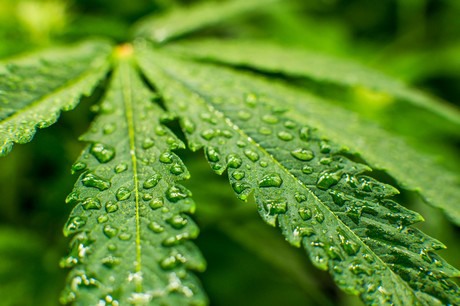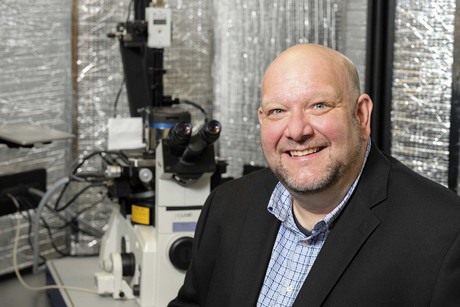“Anytime you are growing something, your crops are susceptible to pathogens,” Dr. Matt Julius, biology professor at St. Cloud State University in Minnesota and Chief Science Officer with CO2 GRO Inc., explains. “That’s because bacteria, fungi, all of these seek exactly the same thing that we as human beings crave: nutrition, that is, energy.” According to Matt, the cannabis plant is not necessarily more susceptible than other crops. However, there are many elements that factor into growing cannabis. “The main difference between medical cannabis and any other commercial crop is the end user these products are aimed for,” he further explains. “When you are dealing with medicines, the care you need to put into crafting them is unmatched, compared to any other type of commercial crop.”
Negative effects of pathogens
This is why it is even more important to keep the crop safe from pathogens. “Generally speaking, things can end up two ways,” Matt points out. “Either there is a risk that is going to directly kill your crop, or there is something on the crop that would cause you to destroy it. With regards to the latter, E.coli is an example of a bacteria that is not particularly dangerous for the plant per se, but rather it is extremely dangerous for humans. Therefore, crops contaminated with E.coli are definitely harmful for human consumption. On the other hand, pathogens like powdery mildew would physically harm the plant themselves, for instance.”
 Dr. Matt Julius
Dr. Matt Julius
This is why cannabis growers are constantly looking for viable solutions to keep their cannabis crop healthy. “The most important thing is to have a proactive mindset,” Matt says. “Once the pathogen is outside the plant, then it is totally possible to deal with that. However, when it gets inside the plant, then it is almost impossible to stop.”
Commonplaces
According to Matt, it’s commonplace among growers to keep portions of the plant dry. “This is because pathogens need moisture to reproduce, they feed on that. If there is no moisture, then the bad cells cannot divide. Another common method is to keep the products dry, for instance. The problem with these approaches is that if a pathogen has got into the growing room, then it spreads all around through the air movement, which is always present in any cannabis operation, and that cannabis plants need to grow strong.”

A misting solution
This is the reason why CO2 GRO has developed a technology which helps the plant to grow healthier and stronger, and allows it to fight potentially harmful pathogens. “We have developed an aqueous misting solution which contains dissolved CO2,” he explains. “When a small amount of our CO2 solution is precisely applied on the leaves, the pH of the plant sharply drops. As the CO2 is transferred into the leaf, the pH jumps back towards neutral. This drop and rebound in pH happen within 90 seconds of the aqueous CO2 solution being misted. Misting is done for about 10-15 seconds every 15 minutes during the light phase. Pathogens do not like such sudden changes, making it difficult for them to establish and spread. On the other hand, the plant would not be affected at all because both the drop in pH and additional moisture are only present for an incredibly short period of time, and does not harm the plant.”

Such an organic solution is particularly suitable for the cannabis industry as end customers are generally very product-savvy. “Cannabis is a premium crop that people would pay more for if you can be chemical free,” says Matt. “This is something you should expect, as people choosing these products do so for health benefits. Thus, they are going to be extremely focused on the chemicals that come with the growing and the processing.”
The opportunities of the cannabis industry
According to Matt, cannabis represents a nice opportunity to advance the agricultural sector as a whole. “We have done things in similar ways for thousands of years,” he says. “We are witnessing a tech revolution, like the one that the pharma industry had. Cannabis can be a nice ground for academics and growers to join forces and to further push our possibilities. My role as Chief Scientific Officer is exactly to do research into these matters, and apply them into daily procedures.”
For more information:
CO2 GRO
Suite 5800 40 King St West
Box 1011
Toronto, Ontario M5H 3S1
(416) 315-7477
[email protected]
co2gro.ca
